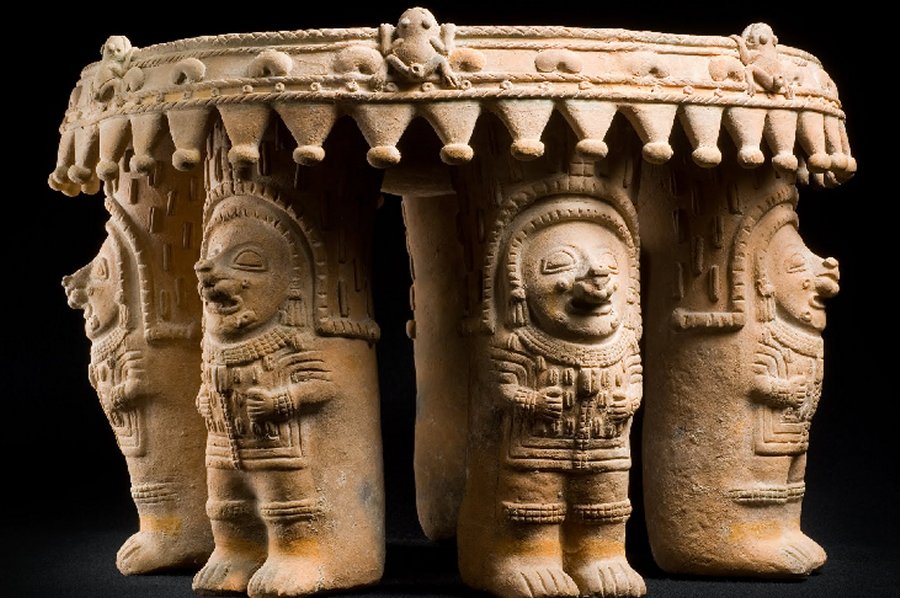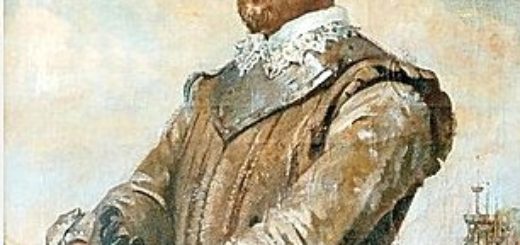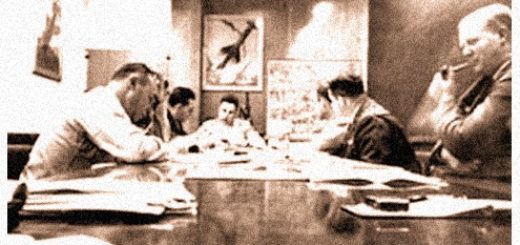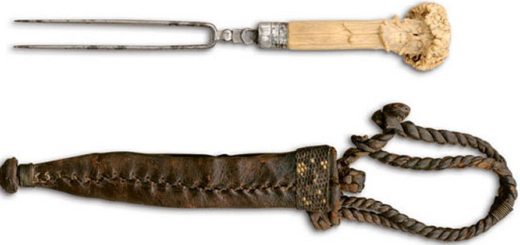Ancient Secrets Of Sophisticated Jama-Coaque People
The Jama-Coaque Culture developed from 500 BC – 500 AD and was named for the modern towns of Jama and Coaque located in the Manabí Province, in the coastal region of Ecuador

In Jama, a town located in the Manabi Province, archaeological excavations revealed ancient secrets and fascinating heritage of the culture that is now lost.
Jama-Coaque people were very skilled seafarers who used canoes made of balsa wood to navigate the waters of the Pacific Ocean and according to ancient records, they used to organize trade expeditions to Mexico and Chile.
These people were also skilled in textile manufacturing, weaving , and a variety of crafts were practiced including ceramics, metallurgy, woodcarving, leather working and basketry.
The culture is widely known for its ceramic vessels and creative ornamentation of their mold-made figurines probably created for ritual purposes. These people really loved richly ornamented pottery and produced artifacts depicting hunters, warriors with spectacular headdresses and priests involved in complicated rituals and houses with facades decorated with ornamental moldings.
Some figures are parts of vessels, but most of them are freestanding. However, the backs of the figures were made by hand and not well finished, indicating that the figures were meant to be seen only from the front.
Probably in this particular culture, like no other, there are so many artifacts depicting musicians and dancers, who surely represent the tribe’s ceremonial leaders or shamans, dressed in large and colorful headdresses decorated with birds and agricultural products,and elaborate costumes decorated with animal skins and bird feathers.
Mysterious full-face masks, clothing flaps, pectorals, nose rings and ear spools are seen on seated ceramic figurines.
The hollow figurines portray individuals representing high status.
The Jama Coaque pottery enjoys recognized reputation for the quality of its manufacture and undoubtedly, their ceramic artifacts suggest some degree of craft specialization, which means they were not created by occasional artists.
Who the unknown craftsmen were, it is unknown. Archaeological evidence for workshops in the area inhabited by the Jama-Coaque, has not been found.
The Jama-Coaque culture is among several other Pre-Columbian cultures, which still hold many ancient secrets that have yet to be revealed.
Copyright © AncientPages.com All rights reserved. This material may not be published, broadcast, rewritten or redistributed in whole or part without the express written permission of AncientPages.com



 Creators of mankind
Creators of mankind Description of “Tall white aliens”
Description of “Tall white aliens” Where they came from?
Where they came from? About hostile civilizations
About hostile civilizations The war for the Earth
The war for the Earth “Tall white aliens” about eternal life
“Tall white aliens” about eternal life Video: “Nordic aliens”
Video: “Nordic aliens” Aliens
Aliens Alien encounters
Alien encounters The aliens base
The aliens base UFO
UFO Technology UFO
Technology UFO Underground civilization
Underground civilization Ancient alien artifacts
Ancient alien artifacts Military and UFO
Military and UFO Mysteries and hypotheses
Mysteries and hypotheses Scientific facts
Scientific facts


















